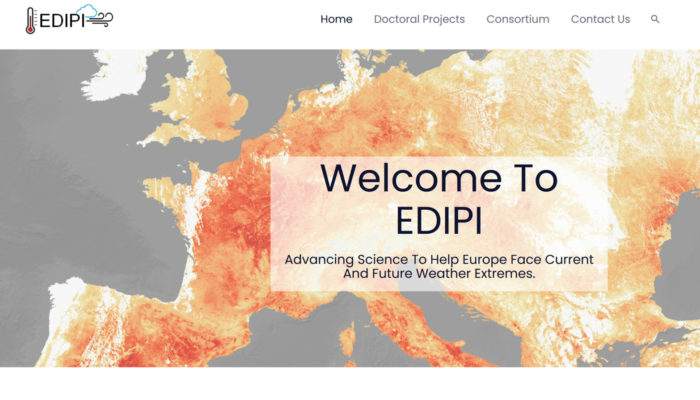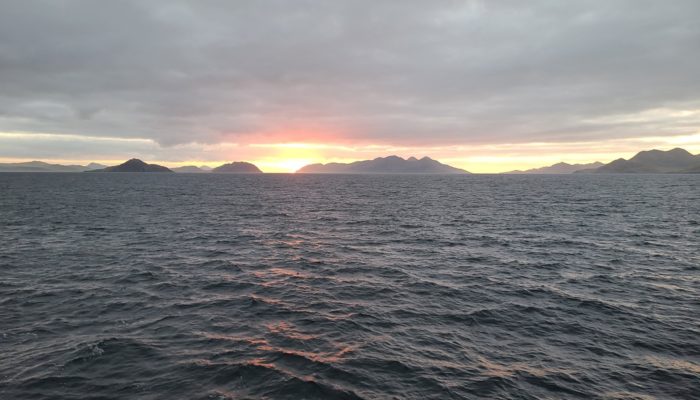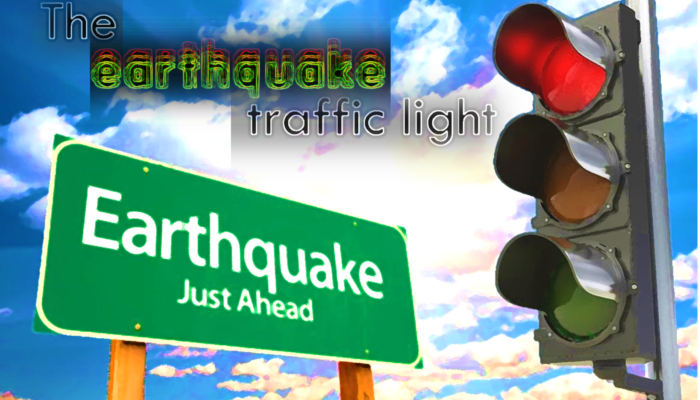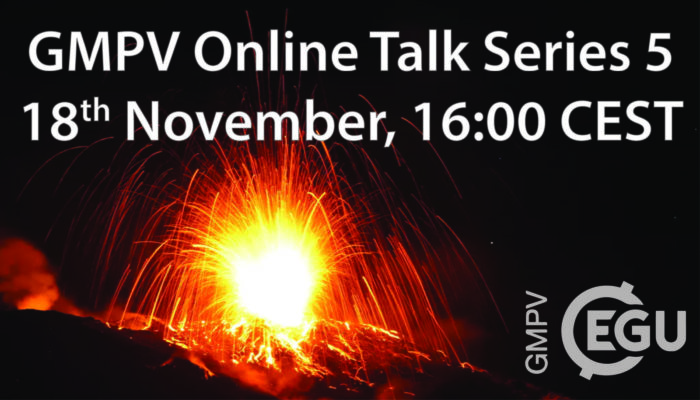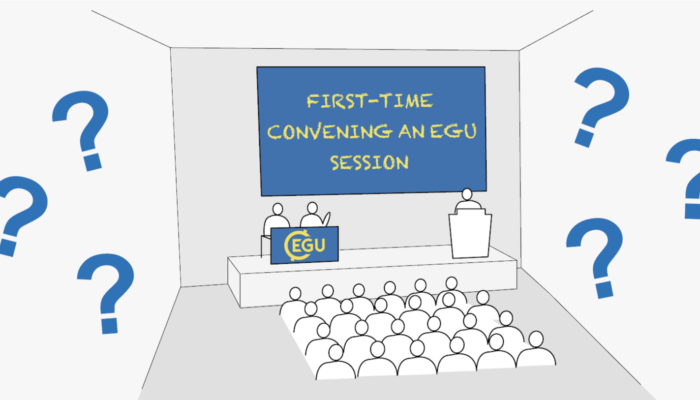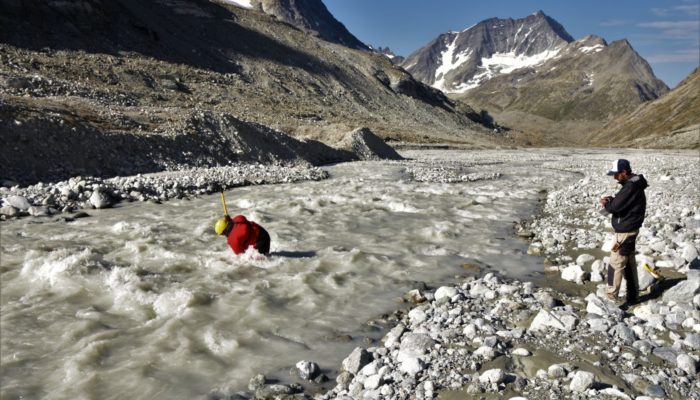Extreme weather events routinely have detrimental socio-economic impacts around the globe. In fact, weather-related events make up over 90% of natural disasters worldwide [1]. In the new millennium, the frequency of many extreme weather events such as droughts and high temperatures, has systematically exceeded the levels seen in the 1980s and 1990s [1], and anthropogenic climate change may further ...[Read More]
If you didn't find what you was looking for try searching again.
Atmospheric Sciences
A new European effort to better understand extreme weather
Feature Image: Screenshot of the european weather Extremes: DrIvers, Predictability and Impacts (EDIPI) homepage. Background Image Credits: Copernicus Sentinel data, processed by ESA. Extreme weather events routinely have detrimental socio-economic impacts around the globe. In fact, weather-related events make up over 90% of natural disasters worldwide [1]. In the new millennium, the frequency of ...[Read More]
Geodynamics
In honour of Movember: geo-moustache-inspiration
As we are 11 days into November, you might have started to become suspicious of the increased number of people around you growing out their moustaches. While this could be due to the fact that many of us are sequestered at home and may have forgotten the point of personal grooming, there is a good chance these people are participating in Movember (yes, that is a word play on November and mo, for m ...[Read More]
Climate: Past, Present & Future
A new European effort to better understand extreme weather
Extreme weather events routinely have detrimental socio-economic impacts around the globe. In fact, weather-related events make up over 90% of natural disasters worldwide [1]. In the new millennium, the frequency of many extreme weather events such as droughts and high temperatures, has systematically exceeded the levels seen in the 1980s and 1990s [1], and anthropogenic climate change may further ...[Read More]
Seismology
Thirty-nine days onboard the Langseth
When you picture sailing on a ship, what do you imagine? Cool breezes, salt spray, glorious sunrises, the peaceful sounds of breaking waves and passing gulls’ cries? As it turns out, you can go for multiple days at sea without directly looking at, smelling, or hearing the ocean waves – at least, you can if you sail on a 71-meter-long marine seismic research vessel like the R/V Marcus G. Langseth. ...[Read More]
Natural Hazards
The earthquake traffic light
Dr. Laura Gulia is a senior post-doc at the University of Bologna, Department of Physics and Astronomy. She has a strong experience in statistical seismology, seismicity analysis as well as seismic hazard and risk assessment. Recently, she investigated the spatio-temporal evolution of the earthquake size distribution throughout a seismic sequence focusing on the b-value, a parameter characterizing ...[Read More]
Geochemistry, Mineralogy, Petrology & Volcanology
GMPV ECS online talks: Wednesday 18 November
The 5th edition of the Geochemistry, Minerology, Petrology and Volcanology division’s early career scientists talks will be on Wednesday 18 November 4pm CET. Our speakers are: Joao Lages (Post doc @ University of Palermo) – Constraints on mantle, slab and crustal contributions to majors volatiles and noble gases along subduction zones Ailsa Naismith (PhD candidate @ University of Bristol) – Design ...[Read More]
GeoLog
First-time convening an EGU session? Some advice from the Early Career Scientists.
With the most recent call for sessions for the next European Geosciences Union General Assembly, a diverse provisional programme has been put together. If you have been assigned your first EGU session as a convener – congratulations! But what happens now? Early Career Scientists representatives Andrea Madella (GM), Anna Gülcher (GD), and Tommaso Alberti (NPG) discuss what it’s like to conven ...[Read More]
Geodynamics
The Sassy Scientist – I Am A Rock
With real-life water cooler time at a premium, Paul has found that talking about the weather and Emily in Paris just isn’t breaking the ice. By Zoom, he asks possibly the worst qualified person in geodynamics: How can you turn your colleagues into friends? Dear Paul, Why would you want to? You only have a contract of up to three years, so by the time you’ve moved on from Emily in Paris ...[Read More]
Cryospheric Sciences
Running a live stream of proglacial processes
In Switzerland, nothing is really remote, but some places are more so than others. Dense infrastructure networks typically provide convenient access to research sites in the Alps where it is difficult to feel far away from home. However, this is not always the case… For us, our home for the summer is a bit different. We work at 2400 m above sea level in Southern Switzerland, in a narrow vall ...[Read More]

